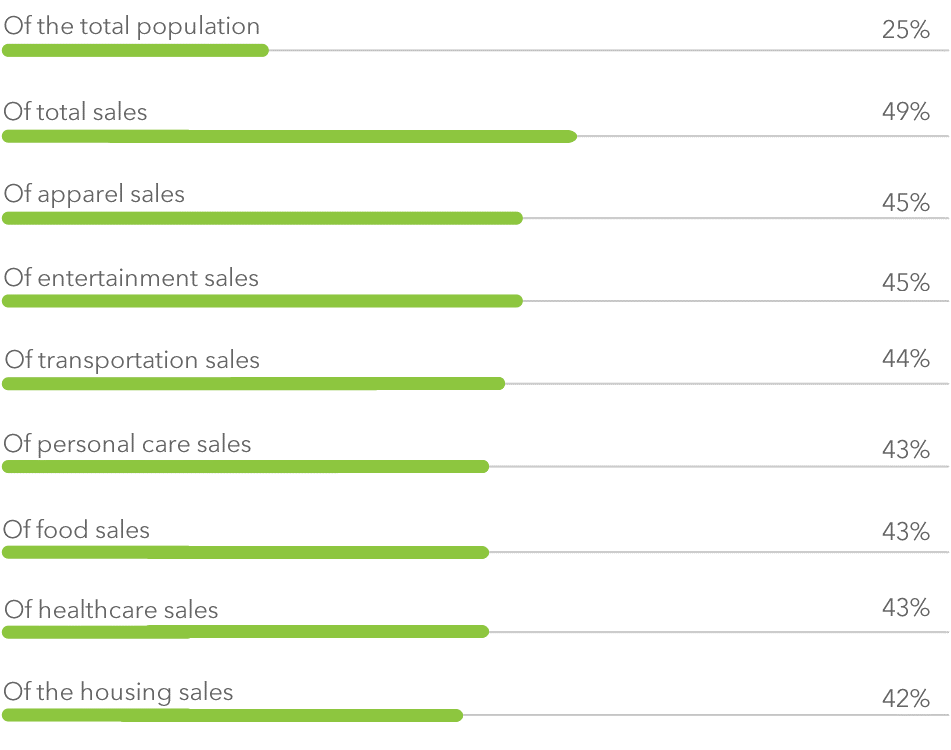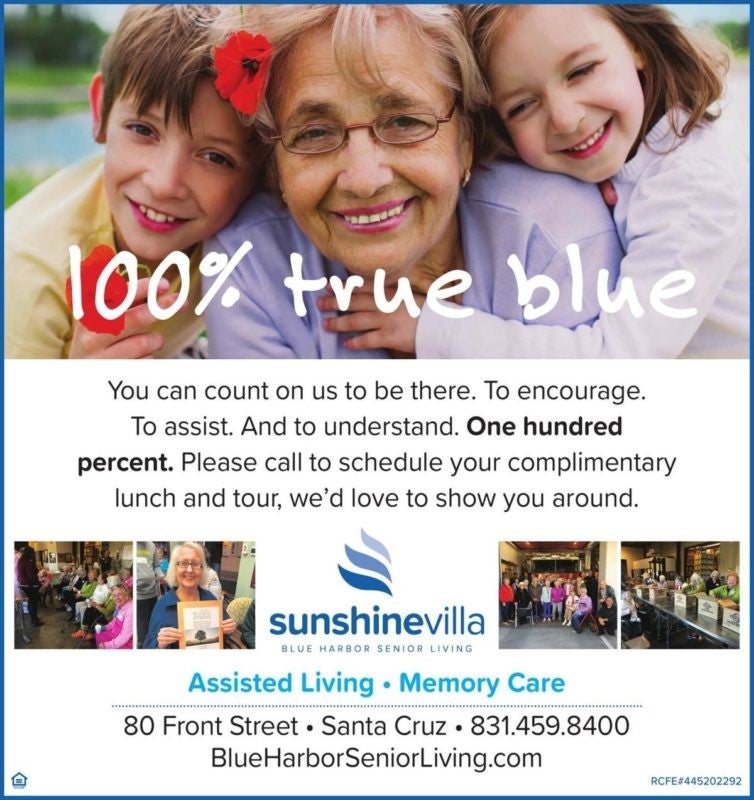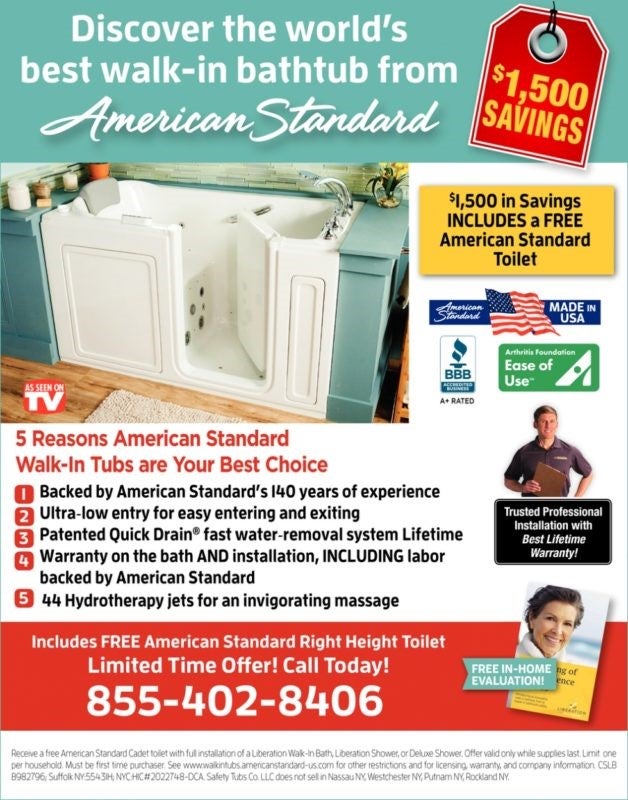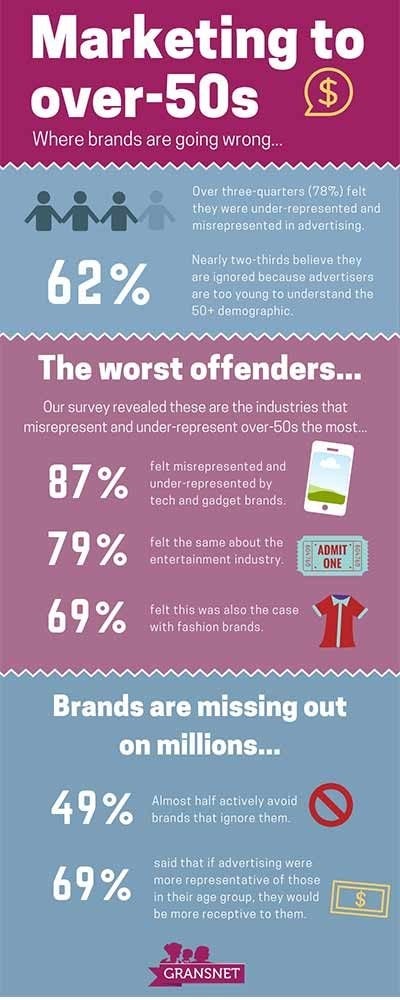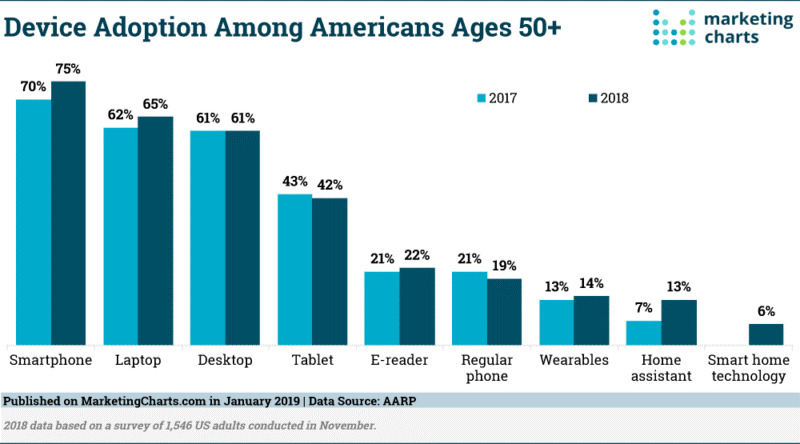How Are You Targeting Your 50+ Customers?
By: Elaine Fogel

The 50+ demographic in the US currently stands at 115M strong and will reach 132M by 2030. These customers represent $7.6 trillion of annual economic activity—equivalent to the third largest economy in the world. (AARP)
Their purchasing power is especially noticeable in these categories:
Baby Boomers Purchasing Power, Ad Reliance
Yet, most advertising campaigns target Millennials even though they have less discretionary revenue than their older counterparts. This leaves the over-50s feeling misrepresented and ignored by advertising especially when advertisers focus on their age, rather than their attitudes, lifestyles and life stages. (Gransnet and Mumsnet)
- 78% said that they felt their age group was underrepresented and misrepresented in advertising
- 62% believe that they are ignored because advertisers are too young to understand their market
- 69% said that if advertising were more representative of those in their age group, they would be more receptive to them
- 49% avoid brands who actively ignore their age group
These misconceptions are especially true for older women even though they now account for over 27% of all U.S. consumer spending (which is 3% more than their male counterparts).
“According to the Coca – Cola Company and Mass Mutual, a group of 40 million 50+ American women represent over $15 trillion dollars in purchasing power and are the healthiest, wealthiest, and most active generation in history. This group of super consumers, who will experience the largest population growth over the next 10 years, represent off-the-charts spending power, yet most of these women feel completely ignored by marketers.”
-Forbes
In the U.S., many print and digital ads focus on stereotypical issues for older adults.
As examples, watch these typical older adult consumer TV spots/videos:
https://www.youtube.com/watch?v=uym_KZ_jtmA
In the print realm, these types of ads are common:
“It is the assumptions that are made about us, usually patronizing and demeaning ones, made as soon as they see the grey hair, the lined face, or the date of birth.”
-Gransnet and Mumsnet research
But it doesn’t have to be this way. The Gransnet and Mumsnet research also showed that 93% of respondents think advertisers need to start asking what over-50s want, rather than making assumptions.
If your smaller business or nonprofit organization targets older adults, it pays to do some research on your current 50+ customers.
- What do they like or dislike about your products, services, or mission?
- How did they discover your business/organization?
- Why do they trust what you offer or do?
- How do they research new products, services, or charitable missions? (Web search, newspaper, magazines, social media, word of mouth, etc.)
- What are their favorite activities?
- Where do they get their news and information?
The more you know about them, the better you can engage them. And, if you have an opportunity to research prospects who didn’t choose your business or organization, you’ll likely discover which barriers to tackle.
There are mixed studies on the most effective marketing channels to reach the 50+ audience. According to a study by Kantar Media, older adults are the most likely to rely on print. Roughly a third of respondents ages 65 and older get information about brands and services from newspaper articles (34%) and magazine articles (31%).
Yet, a recently released AARP study discovered that older consumers are adopting dominant technologies like smartphones, computers and tablets at a steady rate, opening the door to increased use of digital channels.
Computer penetration is nearly universal (91%) for the 50+ set. Smartphone penetration among the 50-64 yr.-olds stands at 83%, and 94% use technology to stay connected to friends and loved ones.
One important thing to note is their wariness of online safety and privacy. Only 17% of survey respondents reported feeling extremely/very confident in their safety when using wireless devices in 2018, compared to 19% the year prior.
Other AARP results:
- Half of the respondents were interested in learning about new technology, about double the proportion (23%) not interested.
- Men (56%) are more interested in new technology than women (45%).
- Nearly half (49%) currently own a smart TV, with another 8% intending to purchase one in the coming year.
- Playing games (63%) is the top entertainment/educational activity these adults do on their computers, tablets or smartphones.
- Four-fifths (81%) are making purchases online.
What about social media?
- About 27% of all adults over 65 use at least one social networking site, and 46% of elderly individuals who use the internet are on a social network. (Pew Research Center)
- 52% of people ages 50 to 64 have their own Facebook pages. (AARP)
- The share of older Americans who use Facebook has doubled since August 2012. (Pew Research Center)
- 41% of older adults said they use Facebook, and 40% said they use YouTube. (Pew Research Center)
- The next most-used type of social media for those 65+ are Pinterest, 16%; Instagram, 10%; LinkedIn, 9%; Twitter, 8%; WhatsApp, 6%; and Snapchat, 3%.
- Here are two conflicting results: 66% of survey participants 50 or older said it would not be difficult for them to give up using social media (Pew Research Center) VS a third of people 50 and older who use social media say it would be difficult to give up. (AARP)
Here are my tips for marketing to the 50+ market:
- Use a multi-channel approach with this market segment. Test a variety of traditional and digital channels to see what works best for your specific customers. Then, tweak your tactics accordingly.
- Use larger font sizes, whether online or in print.
- Ensure there’s ample white space in your content.
- Use realistic, diverse images to represent the demographic.
- Build their trust through transparency, authentic behavior, and truthful information.
- Don’t sell to them; educate them.
- Stay positive and focus on making their lives easier or more enjoyable.
- The 50+ market is not homogeneous. Try not to generalize within it.
- Keep things simple.
- Be careful with vernacular that you use, but they may not.
- Avoid using the word, “old!”
If you generate substantial revenue from 50+ customers, keep tabs on current and future studies from bona fide organizations such as Pew Research, the AARP, the federal government, and trustworthy marketing specialists. The more you learn, the more effective your marketing will be.

